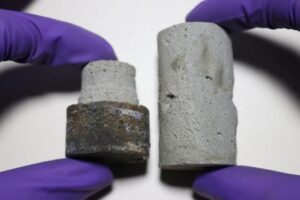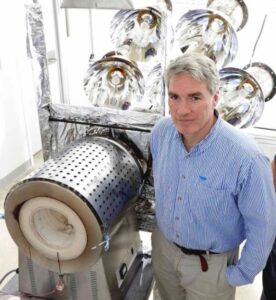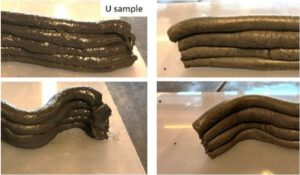
Indian scientists have developed what they claim is a sustainable process for making brick-like structures on the Moon. The Microbial Induced Calcite Precipitation process would use bacteria to create a solid structure from lunar soil. The bricks, they suggest, could be used to assemble habitation structures on the lunar surface.
To create the brick, scientists with the Indian Institute of Science and Indian Space Research Organization mixed the Sporosarcina pasteurii bacteria, which produces calcium carbonate crystals, with a simulant of lunar soil. Next, reports Tech Explorist, they added urea and calcium along with gum extracted from guar beans. After a few days of incubation the resulting material was found to possess significant strength and machinability.
The material can be fabricated into any freeform shape using a lathe. “This is advantageous because this completely circumvents the need for specialized molds – a common problem when trying to make various shapes by casting,” says Koushik Viswanathan, assistant professor in the Department of Mechanical Engineering. “This capability could also be exploited to make intricate interlocking structures for construction on the moon without additional fastening mechanisms.”
The next step in the development process is to make larger bricks with a more automated production process, and to test them under varied loading conditions like impacts and moonquakes.


